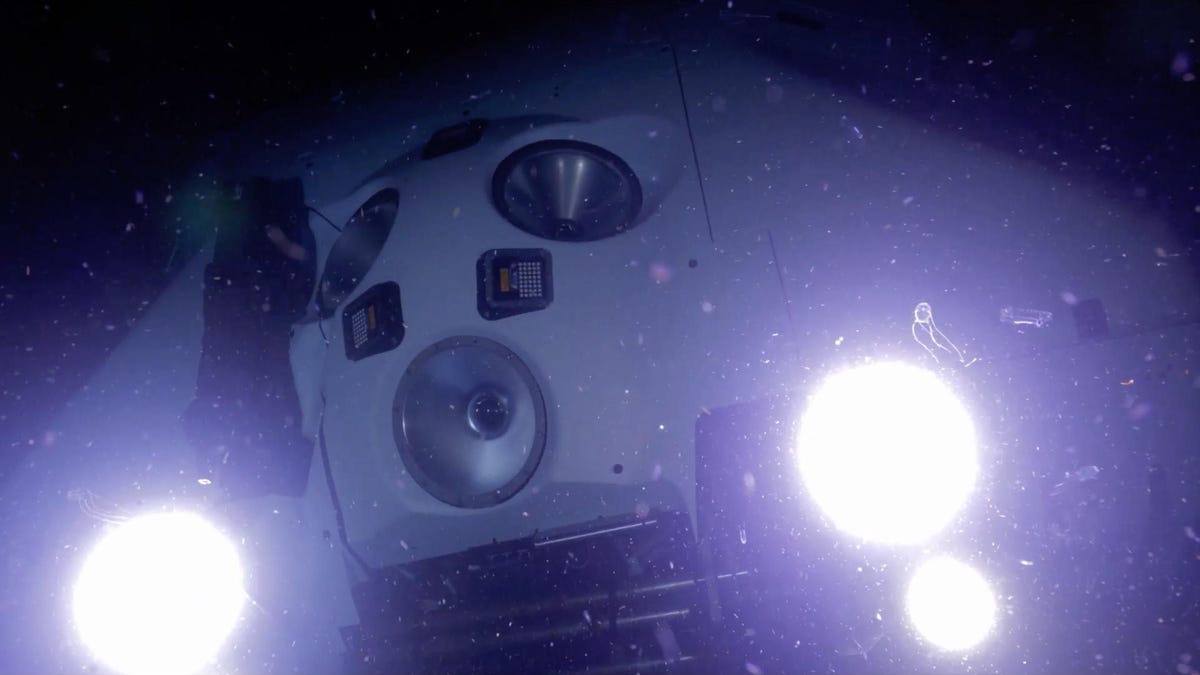Deepest undersea dive reveals depths of humanity's filth
Journey 35,853 feet under the Pacific Ocean and you'll find a plastic bag.

The Limiting Factor submersible found its way to the deepest point on the planet, and some trash.
The alleged deepest manned sea dive ever recorded showed us just how far down our trash goes.
Explorer Victor Vescovo journeyed 10,928 meters (35,853 feet) to the bottom of the Challenger Deep in the Pacific Ocean's Mariana Trench, believed to be the deepest point on the planet, on April 28. It's part of the Five Deeps Expedition, which is charting the ocean's five deepest areas.
The scientific team identified at least three new species of marine animal during this dive series, including a type of long-appendaged Amphipod, at the bottom of the Challenger Deep.
Unfortunately, Vescovo also spotted a plastic bag and candy wrappers during his four-hour dive in the Limiting Factor submersible, as previously reported by CNN.
"It is almost indescribable how excited all of us are about achieving what we just did," he said in a release after the completion of the dives. "We feel like we have just created, validated, and opened a powerful door to discover and visit any place, any time, in the ocean -- which is 90% unexplored."
Vescovo also beat James Cameron's Challenger Deep record -- the Titanic director reached a depth of 10,908 meters (35,787 feet) in 2012.
The Five Deeps Expedition will be aired in a five-part Discovery Channel documentary series in late 2019. It already revealed a strange new species of sea squirt at the deepest point of the Indian Ocean.
Depressingly, scientists last month revealed that radioactive carbon from nuclear testing in the 1950s and 1960s reached the deepest points of the Pacific Ocean.
On the positive side, Australia is committing around $157 million a year to preserve its Great Barrier Reef from the ravages of climate change.

